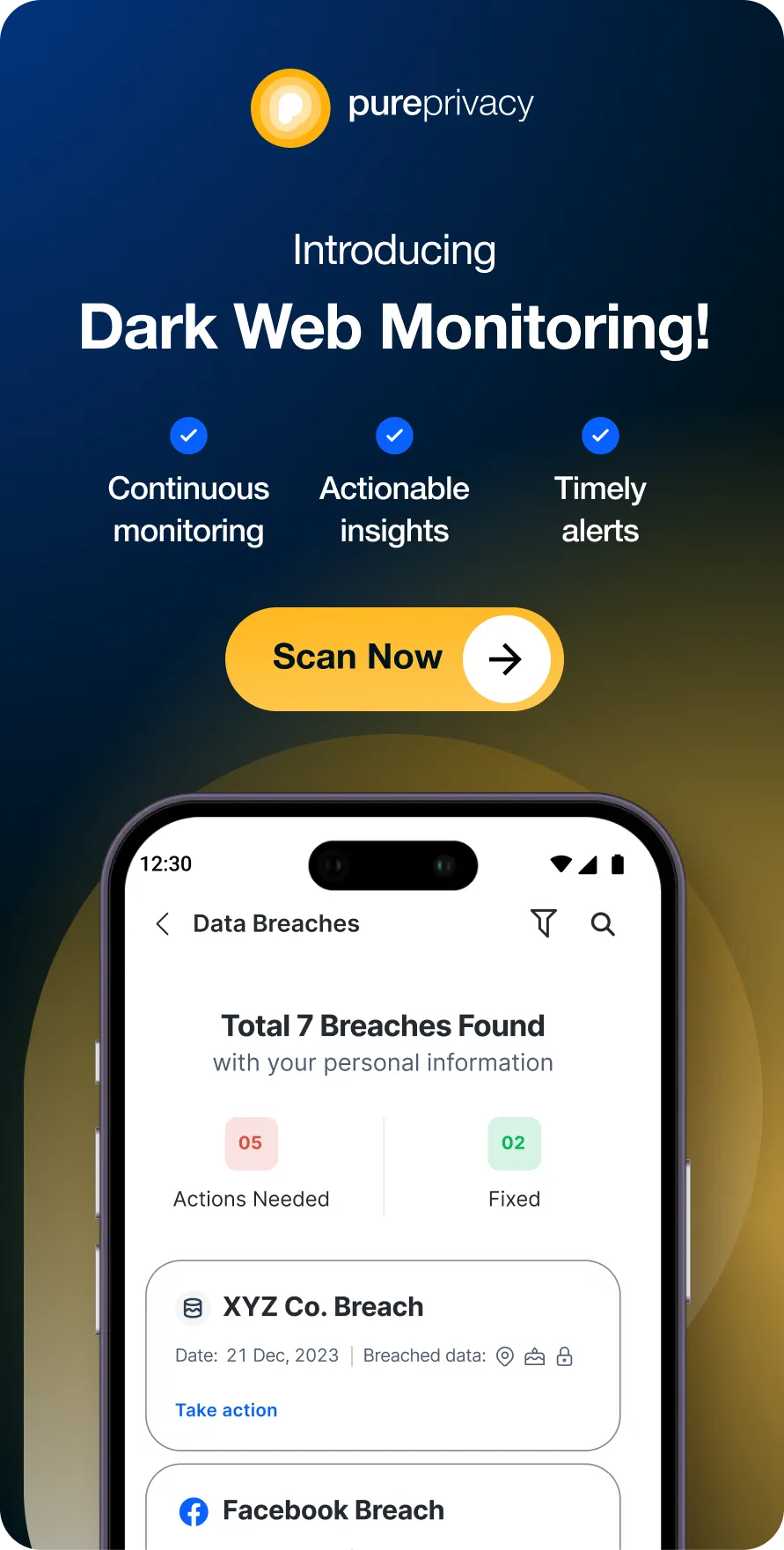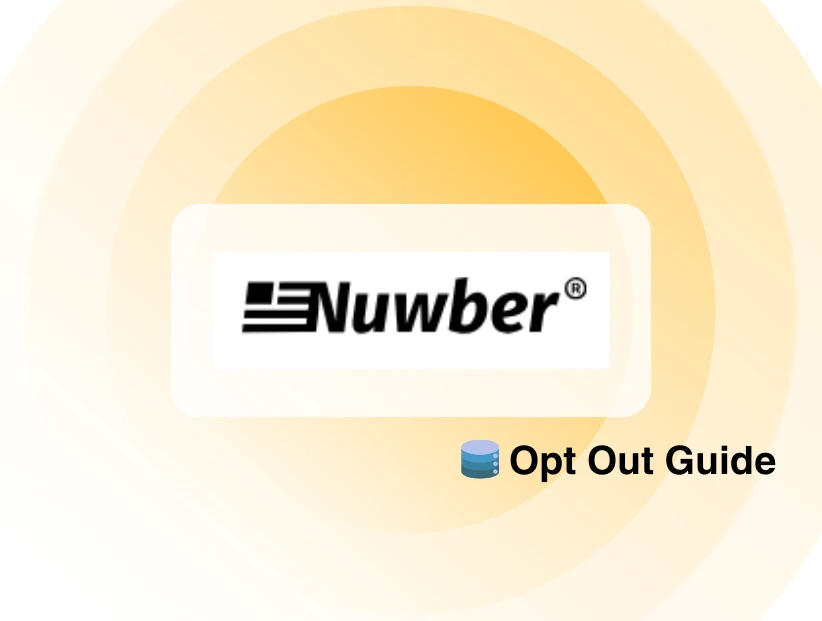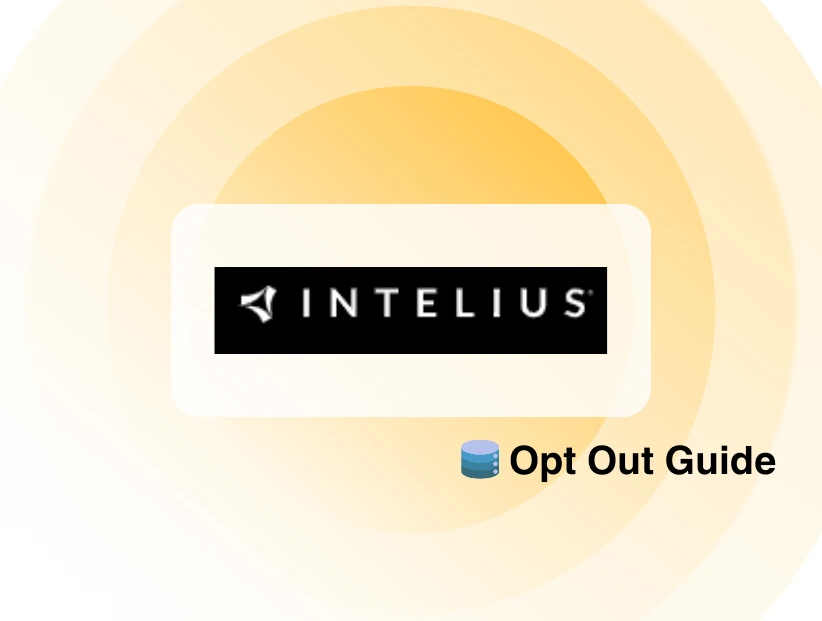Picture this: You wake up one day, grab your phone or computer, and something feels way off. Strange pop-ups flood your screen, you're locked out of your device, and files have vanished.
This could be a sign of a malware attack, allowing harmful software to steal your data, damage your system, or even spy on you.
Find out how malware spreads and enhances security to secure your devices and personal information.
This guide covers step-by-step instructions on preventing malware attacks and taking action against stolen data.
What is Malware?
Malware is a harmful program cyber criminals create to damage devices, steal information, or gain access to systems without permission. It can infect computers, phones, and even entire networks, causing serious problems. Here are some common types of malware:
Viruses
It is a type of malware that attaches itself to regular files and programs while spreading to other files and devices once the infected program is fully executed. Viruses can cause data deletion and corruption, spread to connected devices, and slow down your systems.
Ransomware
It is a type of malware that accesses and encrypts your private files or sometimes blocks your access to the system and demands a ransom in exchange for giving back access. If you fail to pay ransom, cybercriminals can permanently lock and delete those files.
Spyware
It is a type of malware that secretly tracks what you do online and collects personal data like browsing habits and keystrokes. After inducing spyware into your system, cybercriminals can check your information anytime they want.
Trojans
It is a type of malware disguised as safe, legitimate programs, but it is of malicious intent. Trojans can steal your information, install additional malware on your system, or create secret backdoor entry points for hackers.
Discover if Your Most Critical Identifiers Have Been Exposed on the Dark Web
Receive timely alerts and actionable insights with PurePrivacy's Dark Web Monitoring.
Common Ways Malware Spreads
- Phishing Emails: Hackers send fake emails that trick you into clicking malicious links that might redirect you to counterfeit websites or infect your computer files.
- Malicious Downloads: Downloading apps, games, or files from unknown sources can secretly install malware on your device.
- Fake Websites: Some websites pretend to be accurate but are designed to steal your information or infect your device.
- Infected Software: Even trusted apps can sometimes be hacked and come with hidden malware.
Best Practices to Prevent Malware Attacks
Keeping your device safe from malware isn't difficult; you must follow some essential security habits. Here's what you can do:
Keep Your Software Updated
Updates aren't just about new features; they fix security gaps that hackers can exploit to attack your device. Turn on automatic updates for your system and apps.
Use a Trusted Antivirus
A good antivirus can catch threats before they harm your device. Keep it updated and run regular scans.
Be Careful with Emails and Links
If you get an email from an unknown sender with a link or an attachment, don't open it. Hackers often use fake emails to spread malware.
Download Only from Safe Websites
Avoid downloading software, apps, or files from random websites. Stick to official app stores and well-known websites.
Turn On Your Firewall
A firewall acts like a security guard for your internet connection, blocking harmful traffic. Make sure you install a firewall and turn it on at all times.
Backup Your Important Files
If malware attacks your device, you could lose everything. Save copies of your essential data on an external drive or a cloud storage service to stay safe.
How to Identify Malware on Your Device
- Your device suddenly feels sluggish, freezes, or takes longer to load apps.
- You see unexpected ads or messages, even when you're not browsing the internet.
- Apps or files appear on your device that you don't remember downloading.
- Your system crashes often, or you get weird error messages.
What to Do If Your Device Is Infected?
- Disconnect from the Internet: This prevents malware from spreading or stealing more of your data.
- Restart in Safe Mode: Safe Mode runs only the essential programs, preventing malware from working correctly.
- Scan Your Device: Open your antivirus software and run a full scan to find and remove the malware.
- Restore from Backup: If your files are badly affected, restore your system using a clean backup.
- Get Help if Needed: If the malware doesn't disappear, consider contacting a cybersecurity expert for help.
How to Minimize Damage in Case of a Data Breach
Once data is exposed, it can be used repeatedly by cybercriminals. Immediate action is crucial!
Cybersecurity tools like dark web monitoring can alert you if your personal information is found on underground marketplaces.
Enable PureVPN's Dark Web Monitoring
Get PureVPN to have total control over your privacy and security. Enable Dark Web Monitoring to receive notifications about data leaks, manage your data privacy on social media platforms, and make sure that your identity stays anonymous. Here's how:
- Install PureVPN on your device or update your existing VPN app.
- Visit the Members Area to get access.
- Go to Dark Web Monitoring from the main menu.
4. Select Add Assets to Monitor.
5. Add your email address, SSN, credit card number, passport number, and phone number.
6. Mention the code sent to your registered number and you’re done.
7. Take the recommended steps if your data is part of a breach.
8. You can mark the breaches as resolved.
Frequently Asked Questions (FAQs)
-
Can malware attack my phone, or is it only a computer problem?

Yes, malware can infect phones, too, not just computers. It can steal personal data, slow down your phone, or even spy on you.
-
Is free antivirus software good enough to protect my in-home devices?

Some free antivirus programs offer essential protection but may not catch all threats. A trusted, updated antivirus with real-time protection is a better choice.
-
How do hackers create malware?

Hackers write malicious code and spread it through fake apps, malicious files, or phishing scams. The goal is to steal data, make money, or damage systems.
-
Can I get malware just by visiting a website?

Some websites contain hidden malware that can infect your device just by visiting them, especially if your browser or security software is outdated.
-
What should I do if my social media account gets hacked due to malware?

Change your password immediately, enable two-factor authentication, and scan your device for malware to remove harmful software.
Wrap Up
You must be smart because cybercriminals are always two steps ahead of you. Stopping malware attacks is all about staying alert and taking innovative steps. By learning how malware works and following simple security habits, you can protect your devices and personal data.
Just remember, keeping your software updated, being careful with what you click, and using good security tools can go a long way in blocking malware. Stay smart, stay safe, and don't let cyber criminals catch you off guard!






